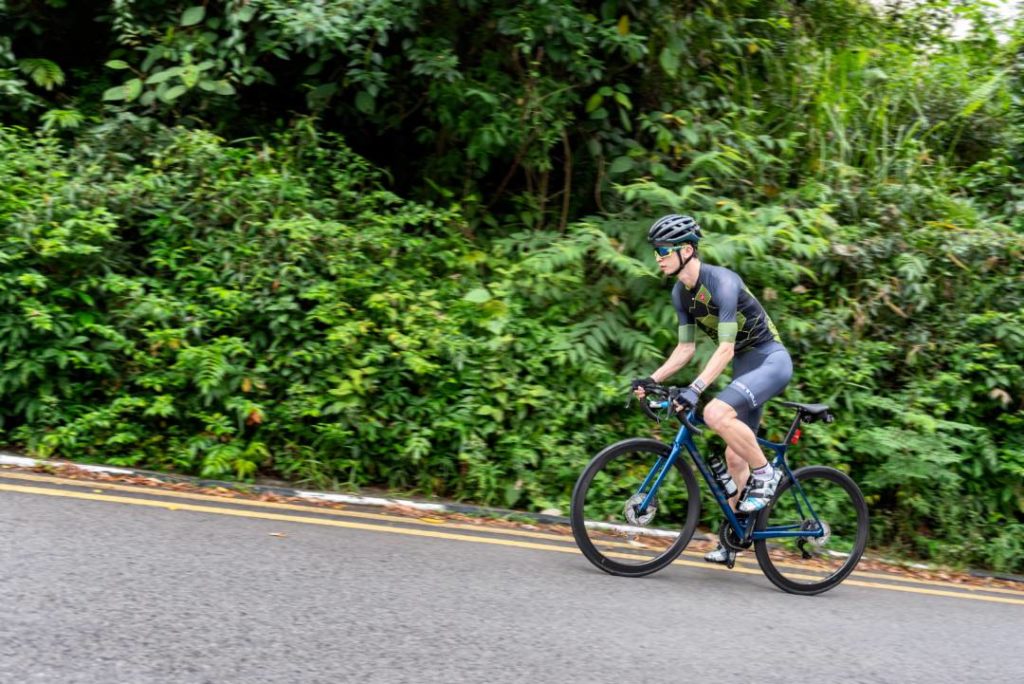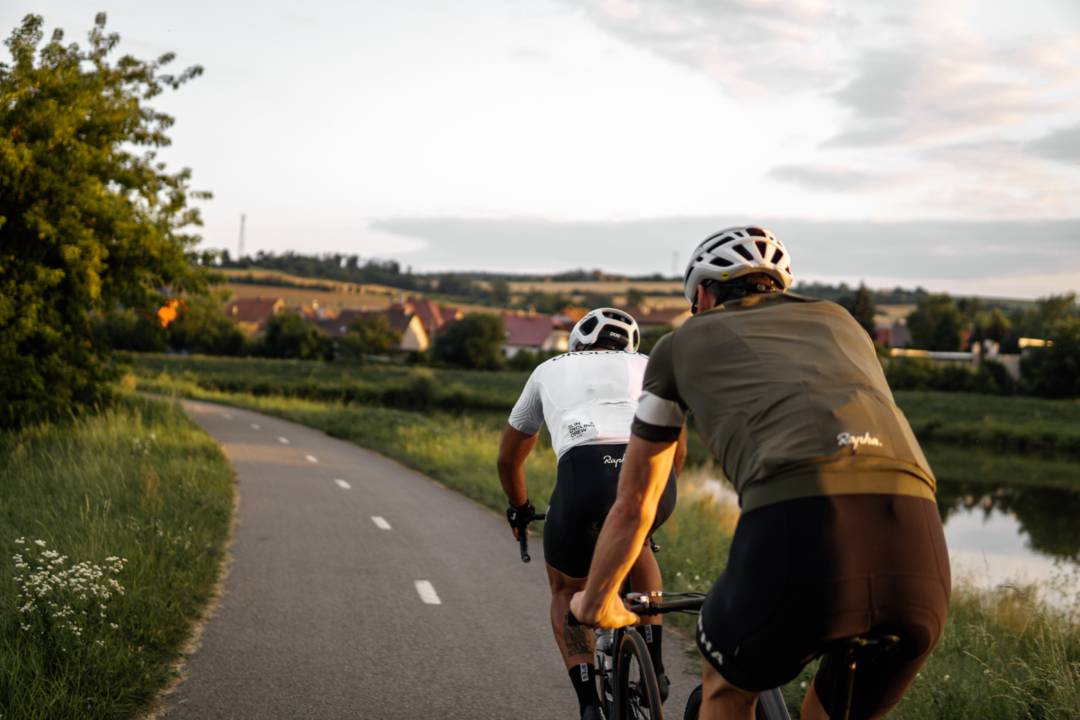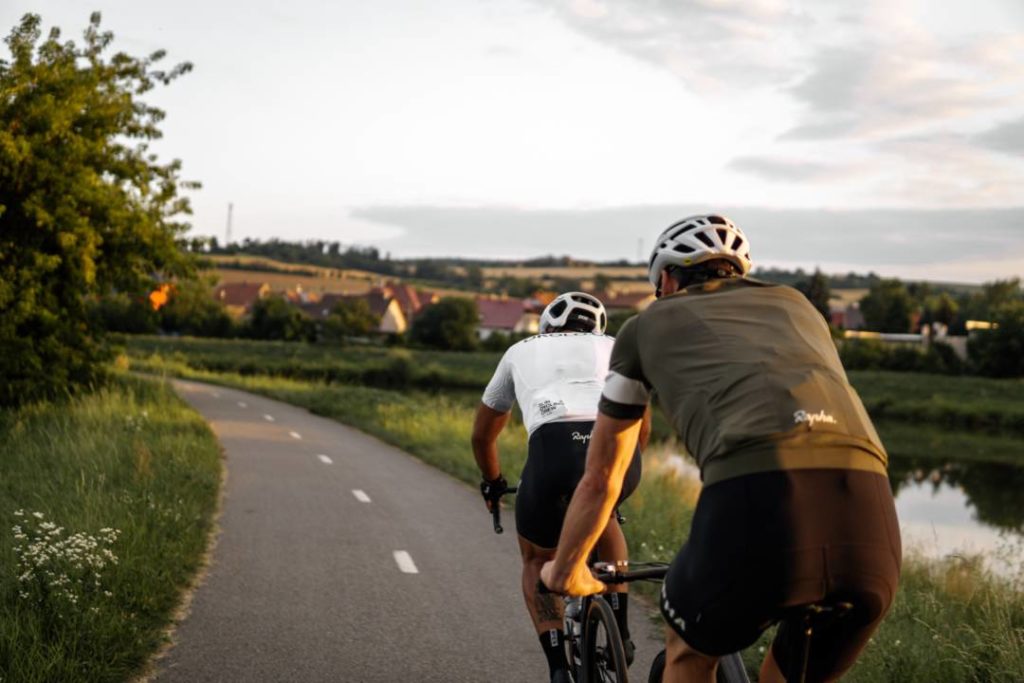Written by James “Jim” Peterman, PhD, the Cofounder & Chief Science Officer at FuelFood.io.
Nutrition provides the foundation for achieving your cycling goals. While proper nutrition is essential for fueling workouts and races, the rate of digestion also plays a significant role in cycling performance. Understanding how foods influence digestion rates can help you make better nutrition decisions before, during, and after a ride. So, with that in mind, let’s learn about some of the various factors that influence digestion as well as a few tips to ensure you’re able to perform at your best.
Digestion is the process by which the body breaks down food into smaller molecules that can be absorbed and used for energy. Digestion rate reflects how quickly food is digested as well as how fast the food moves through the digestive system. In some cases, slowing digestion is good – for example, when you want to feel full for longer. In other cases, you want to have a faster digestion rate to more rapidly access nutrients.

One of the primary factors that influences digestion is the macronutrient composition of a meal (i.e., the amount of carbohydrate, protein, and fat). For example, protein and fat will slow the movement of food through the digestive system (1,2). Fiber, a type of complex carbohydrate, will also slow digestion (3). The consistency of a food is another factor that can influence digestion rate. A food or meal that is more liquid (such as an energy gel) will move through the digestive system quicker (4).
In terms of planning nutrition, it’s important to consider digestion rates when selecting foods before, during, and after a ride. Two to three hours before a ride, you should eat a balanced meal that includes carbohydrate, protein, and fat. This ensures you’re getting the nutrients needed and gives you time to digest before hopping on the saddle – otherwise, you run the risk of feeling bloated, nauseous, or developing other issues that could hinder performance. If you find yourself needing to eat something closer to ride time, pick easily digestible foods with lower levels of protein, fat, and fiber, such as a banana.
During a ride, the name of the game is selecting foods that the body can quickly digest. This lowers the risk of developing gastrointestinal issues and also facilitates the rapid uptake of nutrients needed to fuel the ride. Simple carbohydrates are ideal. For individuals consuming high levels of carbohydrates during a ride, incorporating sports drinks and gels can be beneficial. Getting carbohydrates from these sources that have a liquid consistency can ensure faster digestion and absorption so that you’re able to perform at your best.

Nutrition after a ride is crucial for recovery and preparing for your next ride. The ideal nutrition plan though, depends on the intensity and duration of the ride. Following big days on the bike, focusing on easily digestible foods in the first 30 minutes is typically more tolerable and can be beneficial for speeding up the absorption of nutrients. Although protein (a key post-ride nutrient) slows digestion, foods that are more liquid in consistency (such as recovery drinks) can ensure rapid digestion and have the added bonus of replenishing fluids lost to sweat. For the remaining meals after a ride, eating a balanced diet with carbohydrate, fat, and protein will further the recovery process.
I know it’s been a lot to digest, but understanding the factors that influence digestion is important when developing a nutrition plan. While every cyclist is unique, macronutrients and food consistency are two of the key factors to keep in mind when planning what you are going to eat before, during, and after a ride. This bit of nutrition planning will ultimately help you optimize your performance and help you achieve your cycling goals. Thanks for reading!
James “Jim” Peterman.
 Go to BKOOL
Go to BKOOL





